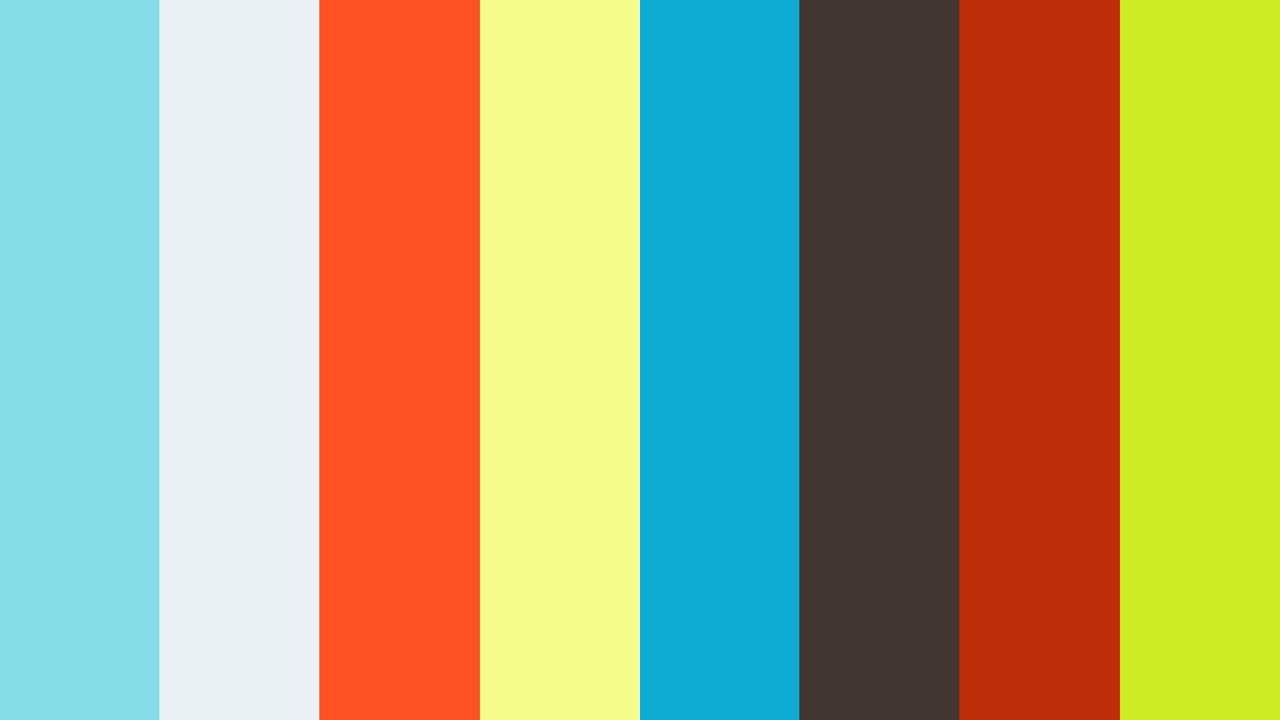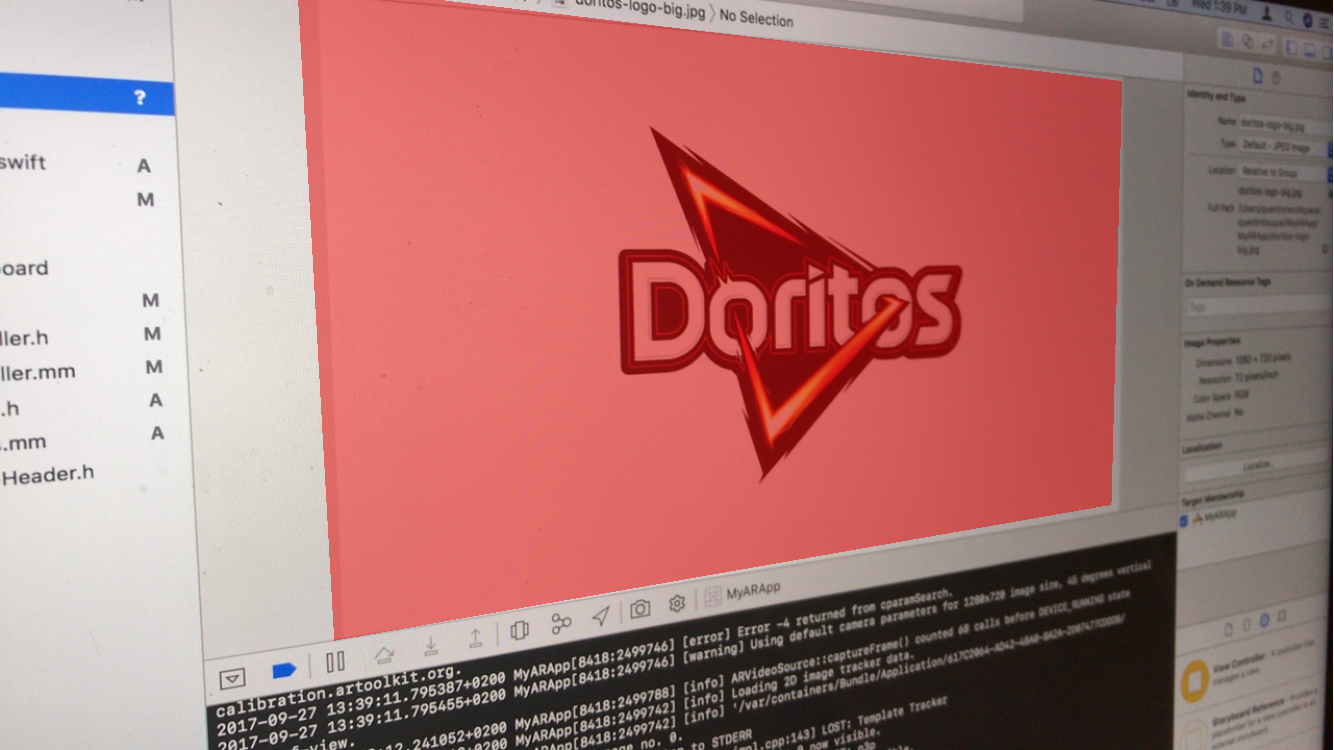Welcome to the ARToolKit community!
ARToolKit is software that lets programmers easily develop Augmented Reality applications. Augmented Reality (AR) is the embedding of computer generated content into the natural environment, and has many potential applications in entertainment, media, advertising, industry, and academic research.


Itulah Tutorial Membuat Augmented Reality dengan Menggunakan ARToolkit dan Unity masih sangat sederhana sekali guys. Selanjutnya kita coba membuat custom marker dan menambahkan object tentunya akan lebih asik lagi guys. Swedish m96 flash hider kit. Parameters for artoolkit detection. CameraParametersUrl: to load the camera parameters for calibration; detectionMode: color, colormatrix, mono, monomatrix. ARToolKit is an open-source computer tracking library for creation of strong augmented reality applications that overlay virtual imagery on the real world. Currently, it is maintained as an open-source project hosted on GitHub. ARToolKit is a very widely used AR tracking library with over 160,000 downloads on its last public release in 2004. FLARToolKit itself is port of the Java NyARToolKit, which is a port of the C ARToolKit. Long way, but here we are. JSARToolKit operates on canvas elements. As it needs to read the image off the canvas, the image needs to come from the same origin as the page or use CORS to get around same-origin policy.

The source code for this project is hosted on GitHub and the compiled SDKs for all platforms (Mac OS X, PC, Linux, Android, iOS), along with the ARToolKit plug-in for Unity3D, are available at our Downloads page.
ARToolKit pixel-format specifiers. ARToolKit functions can accept pixel data in a variety of formats. This enumerations provides a set of constants you can use to request data in a particular pixel format from an ARToolKit function that returns data to you, or to specify that data you are providing to an ARToolKit function is in a particular pixel format.

Each of the individual platform downloads include a README file and example applications to help you get started immediately. The documentation pages here include: detailed APIs, tutorials, and examples from novice to expert levels. Further support can be found by joining the ARToolKit Community Forum.
Features
- Robust Tracking, including Natural Feature Tracking
- Strong Camera Calibration Support
- Simultaneous tracking and Stereo Camera Support
- Multiple Languages Supported
- Optimized for Mobile Devices
- Full Unity3D and OpenSceneGraph Support
One of the most difficult parts of developing an augmented reality application is precisely calculating the user’s viewpoint in real time so that the virtual images are exactly aligned with real world objects. ARToolKit uses computer vision techniques to calculate the real camera position and orientation relative to square shapes or flat textured surfaces, allowing the programmer to overlay virtual objects. ARToolKit currently supports classical square marker, 2D barcode, multimarker, and natural feature tracking. Furthermore, ARToolKit supports any combination of the above together. The fast, precise tracking provided by ARToolKit has enabled the rapid development of thousands of new and interesting AR applications.
The documentation contains a complete description of the ARToolKit library, how to install it, and how to use its functionality in AR applications. Several simple sample applications are provided with ARToolKit to enable the programmer to get started immediately. ARToolKit includes the tracking libraries and complete source code for these libraries enabling programming to port the code to a variety of platforms or customize it for their own applications.
ARToolKit is multi-platform, running on the Windows, Mac OS X, Linux, iOS and Android operating systems. The functionality of each version of the toolkit is the same, but the performance may vary depending on the different hardware configurations. ARToolKit can be easily ported to other new and experimental platforms.
ARToolKit supports both video and optical see-through augmented reality. Video see-through AR is where virtual images are overlaid on live video of the real world. The alternative is optical see-through augmented reality, where computer graphics are overlaid directly on a view of the real world. Optical see-through augmented reality typically requires a see-through head mounted display and has more complicated camera calibration and registration requirements.
Tutorials and Examples
Quick Links
Getting Started
Artoolkit Tutorial
Marker Types and Usage
Advanced Topics
General Topics
Related Documentation (Off-Site)
Artoolkit Tutorial For Beginners
- Inside ARToolKit Tutorial given at ART 02 by Hirokazu Kato
- Marker Tracking and HMD Calibration for a Video-Based Augmented Reality Conferencing System by Hirokazu Kato and Mark Billinghurst.
- A Registration Method based on Texture Tracking using ARToolKit by Hirokazu Kato, Keihachiro Tachibana, Mark Billinghurst, and Michael Grafe.